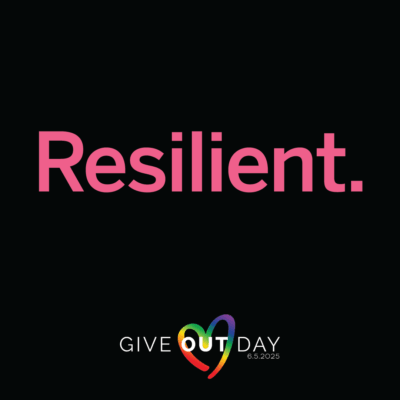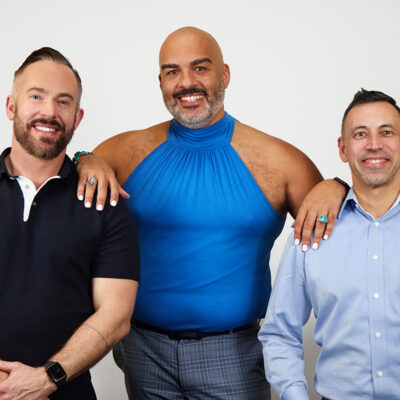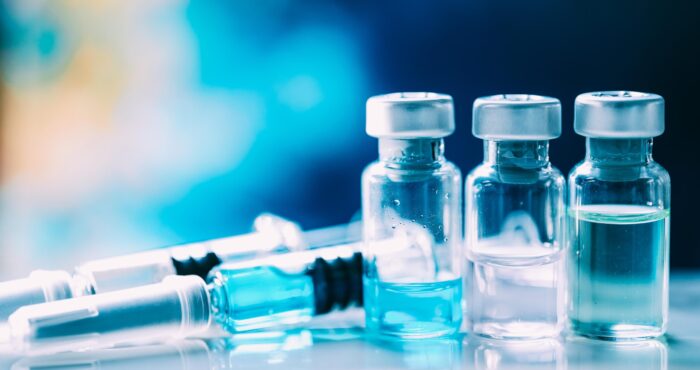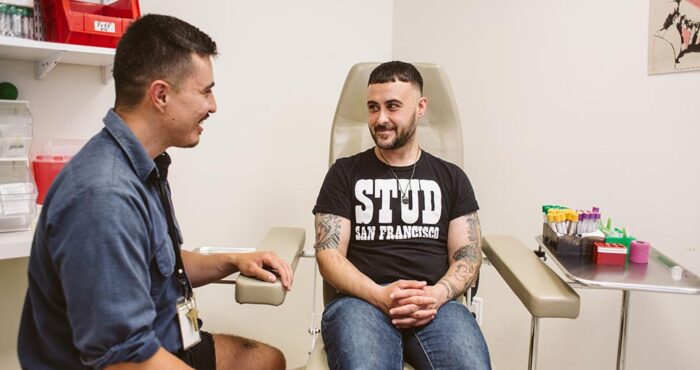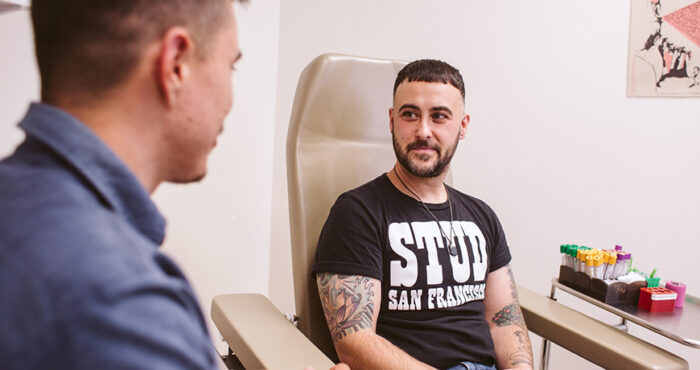Fact Sheet: PrEP and PEP
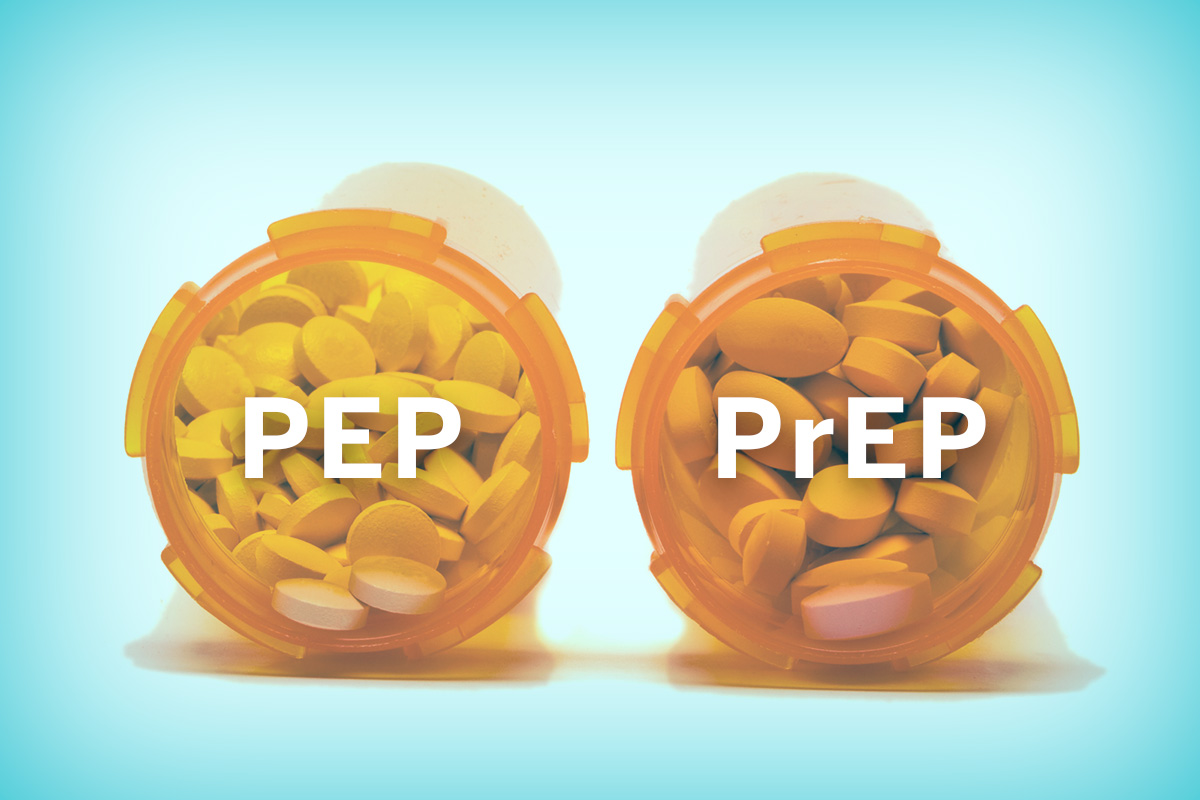
Looking for basic facts about PrEP and PEP—and the difference between the two? Start here for some simple and straightforward definitions of key terms that come up frequently when talking about PrEP and PEP, as well as a run-down of the science behind PrEP and a few things to know about this new HIV prevention tool.
Key Terms
- PrEP: Short for “pre-exposure prophylaxis,” PrEP is an HIV prevention strategy in which HIV-negative people take an oral pill once a day before coming into contact with HIV to reduce their risk of HIV infection. PrEP must be taken for at least 7 days to reach optimal levels of protection against HIV.
- PEP: Short for “post-exposure prophylaxis,” PEP is an HIV prevention strategy in which HIV-negative people take anti-HIV medications after coming into contact with HIV to reduce their risk of HIV infection. PEP must be started within 72 hours after HIV exposure.
- Condoms: A type of barrier used during sex. “Male” condoms are worn over the penis, and “female” condoms can be worn inside the vagina or rectum. Condoms are the only tool that protects against both HIV, certain sexually transmitted infections (STIs), and pregnancy when used correctly and consistently.
- Truvada: This brand-name drug combines tenofovir (Viread) and emtricitabine (Emtriva) into one pill and is made by Gilead Sciences. It has been used by HIV-positive people to treat HIV disease since 2004, and currently is the only pill approved for PrEP for HIV-negative people.
- Adherence: The degree to which an individual takes a medication regularly as prescribed. For HIV-negative people, not taking PrEP daily can lead to increased risk for HIV infection.
- HIV antibody test: A type of HIV test that checks a blood or oral fluid sample for antibodies against HIV. Because the body does not begin producing antibodies for two weeks or longer, an antibody test will not reliably detect a recent (acute) HIV infection. Several community-based clinics offer HIV antibody tests that offer results the same day.
- HIV RNA test: Different from an antibody HIV test, this test looks for the presence of the actual virus in the blood and can detect if someone has acute HIV infection. In order to determine if someone is eligible for PrEP, a medical provider must confirm the individual is actually HIV negative. There are currently no HIV RNA tests approved by the FDA that offer same-day results.
- Clinical trial: A medical study to determine whether a new drug or drug combination, assay, device, or procedure is safe and/or effective.
- Placebo: To help determine whether a new drug or tool is effective, participants in a clinical trial will be assigned to take either the drug or tool being studied or a placebo, which contains no drug. For example, in studies of oral PrEP, the placebo was a sugar pill. The group of participants who receive the placebo is the “control arm” of the study.
- Demonstration project: After a drug has been deemed safe and effective through clinical trials, a demonstration project is meant to figure out how to best deliver and use the new drug or tool in a real-world setting.
- Bone mineral density: A measure of how much calcium and other minerals are present in bone tissue. With Truvada for PrEP, 1 in 100 people will experience decreasing bone mineral density issues, which go away once drug is stopped.
- Creatinine clearance: An indicator of kidney health that is monitored by medical providers for individuals taking PrEP. With Truvada for PrEP, 1 in 200 people will have kidney problems with mild increases in serum creatinine, which go away once the drug is stopped.
The Science Around PrEP
- iPrEx Study: An international study involving nearly 2,500 sexually active, HIV-negative gay and bi men and trans women in six countries for nearly two years. The iPrEx trial that found people who were randomly assigned to receive Truvada had a 44% overall reduction in HIV risk compared with those who received placebo; however, this group included people who were offered PrEP but chose not to take it. For people who actually took PrEP regularly, HIV risk was reduced by more than 90%.
- Partners PrEP: An international study involving more than 4,500 heterosexual men and women in Kenya and Uganda who were in couples where one partner was HIV positive and the other was HIV negative (what scientists call “serodiscordant” couples). Partners PrEP found people who were assigned to receive Truvada had up to 75% reduction in HIV risk compared with the placebo group. Among people who had detectable levels of Truvada in their blood, HIV risk was reduced by at least 90%.
- TDF-2: An international study involving more than 1,200 heterosexual men and women in Botswana who were in serodiscordant couples (similar to Partners PrEP) that found people who were assigned to receive Truvada had up to 62% reduction in HIV risk compared with placebo.
- Fem-PrEP: An international study involving over 2,100 women in Kenya, South Africa, and Tanzania that was stopped early because there was no difference in new HIV infections between those assigned to take Truvada or placebo. A later look at drug blood levels found that most of the women assigned to take PrEP did not take it as recommended. Adherence was too low to detect any protective effect.*
- VOICE (Vaginal and Oral Interventions to Control the Epidemic): An international study involving more than 5,000 women in South Africa, Uganda, and Zimbabwe, in which participants were randomized to use one of the following products daily: tenofovir gel, placebo gel, oral tenofovir tablet, oral Truvada, or an oral placebo pill. All study arms were stopped because none of the products were found to prevent HIV infection in the trial. A later look at drug blood levels found that most of the women did not actually use the study drugs.*
- Bangkok Tenofovir Study: An international study involving more than 2,400 people who reported injecting drugs during the previous year in Bangkok, Thailand, that found people who were assigned to receive Truvada had nearly 49% reduction in HIV risk compared to placebo. Of the people who had detectable levels of Truvada in their blood, HIV risk was reduced by 74%. As yet, it is unclear whether PrEP prevented HIV acquisition via sex or shared needles.
*Given the Fem-PrEP and VOICE results, researchers are trying to figure out the social and behavioral factors that play out in HIV prevention trials, beyond whether the medications themselves work. Age, marital status, competing needs, HIV stigma, perceptions about HIV risk, and beliefs and attitudes about taking pills and prophylactic drugs are all factors to consider in understanding why this type of prevention strategy was not a good fit for women in the communities where these studies took place.
Things to Keep in Mind
- Only people who are HIV negative should use PrEP or PEP.
- You must be tested for HIV and have a documented negative test result before starting PrEP.
- PrEP and PEP are available by prescription from a medical provider, such as a physician, nurse practitioner, or physician assistant. You can also get PEP at your local emergency room or urgent care clinic, although these locations may provide just the first two or three days’ doses to get you started (for example, until your medical provider’s office reopens on a weekday). You will need to talk with your provider to see if PrEP or PEP is right for you.
- PrEP is more than just taking a pill every day; it also involves frequent medical visits and lab tests to check for HIV, other STIs, and any changes in kidney health.
- Neither PrEP nor PEP protects against other STIs or pregnancy, and they are not cures for HIV.
- PEP is taken for 28 days.
- PrEP does not have to be taken forever and can be stopped at any time under the supervision of your medical provider. When stopping PrEP, individuals should continue using it for four weeks after the last significant exposure.
- If you’ve used PEP in the last year, it might be a good idea to talk to your medical provider about PrEP.
- Curious about how to access PrEP or PEP in your community? Most private health insurance plans, as well as Medicaid, cover the cost of Truvada for PrEP. If you have specific questions, check here for answers.
A question that often comes up when talking about PrEP is “What about condoms?” For people who do not use condoms every time they have sex, PrEP provides an effective layer of protection against HIV. The choice to use PrEP, like the choice to use condoms, is a personal decision. The important thing is to find an HIV prevention strategy that fits your needs and meets your sexual health goals.


